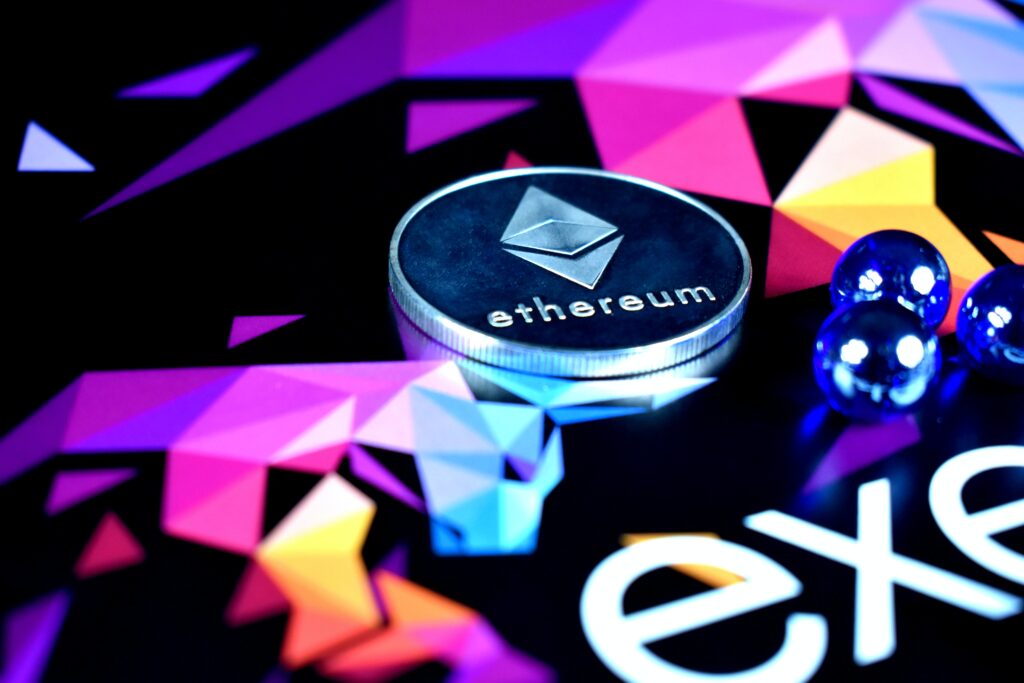A Review of Some of the Hottest Projects in DeFi Right Now

Unless you’ve been living under a rock, you’ve likely heard of the hottest trend in crypto right now – Decentralized Finance, also known simply as DeFi. Behind today’s most popular cryptocurrencies – Bitcoin and Ethereum – is blockchain technology, which is considered Layer 1. You can think of DeFi projects as comprising Layer 2. DeFi includes financial products such as digital asset management, smart contracts, protocols and decentralized apps (dApps) – all built on the blockchain. DeFi is already slated to tackle monetary banking services, peer-to-peer lending and other financial instruments. Let’s review some of the most popular DeFi projects today.
Corionx
Built on the Ethereum blockchain, CorionX is a blockchain-based ERC20 utility token. According to its whitepaper, “the token will be used for supporting the Global Stablecoin, CBDC and Cryptocurrency Popularization & Education Movement and serving an access to the Foundation’s services and utilities.” The project is heavily in favor of the spread of stablecoins, CBDCs, OpenFinance and DeFi solutions and hopes hopes to help create one platform for stablecoins.
The Initial Exchange Offering kicked off in mid-August and will conclude on September 1.
THORChain
Another noteworthy project is THORchain, which is attempting to create a decentralized liquidity network with its facilitation of cross-chain liquidity pools with no pegged or wrapped tokens. RUNE is its native utility token.
As a DeFi project, it allows for swapping between assets across chains and allows users to stake assets in order to earn yields. It incentivizes users by offering lending and borrowing on any asset as well as staking assets in liquidity pools in order to support fee earning. It is run on the Binance blockchain.
Jolocom
Today’s digital user is more conscientious of its data than ever before. And one of the best technologies to address the need for more digital privacy is blockchain technology.
There are many projects addressing identity solutions but one that particularly stands out is Jolocom, a universal identity protocol that is attempting to build an open source system for people and organizations to create and interact with digital and self-sovereign identities. Based in European blockchain hub of Berlin, Germany, it is built on the Ethereum blockchain and uses IPFS (InterPlanetary File System) for identity registration and resolution. It has been around for several years and though the project keeps a low profile, it offers promising solutions for a complicated problem.
Aave
Ethereum blockchain-based Aave is a non-custodial, open source protocol supporting the creation of money markets, allowing users to earn interest on deposits as well as borrow assets.
Originally touting a P2P lending strategy it describes as similar to ETHLend, Aave decided to pivot into a pool-based strategy where “lenders provide liquidity by depositing cryptocurrencies in a pool contract”. At the same time, in the same contract, the funds can be borrowed against with the placement of a collateral. In Aave’s model, the interest rates for borrowers and lenders is decided by an algorithm.
In order to offer high liquidity, Aave utilizes the lending pool model, with loans backed by collateral and represented by derivative tokens which accrue interest.
Opyn
And finally, there’s Opyn. Opyn’s goal is to secure decentralized finance by allowing users to take control and protect DeFi deposits and hedge risk. Users have the option to buy or sell protection. Opyn is built on the Convexity Protocol which is a generalized options protocol built on Ethereum’s blockchain that allows DeFi users to create put and call options. It also allows for an easy interface to buy and sell options. Each option depending on the Convexity Protocol is integrated through an oToken smart contract.
One significant point is that all of its users’ funds are stored in their respective wallets – no one else’s.
Final Thoughts
DeFi already encompasses a total value of over $7 billion as of August, and this number is only set to increase. The growing network of financial software on the blockchain will continue to revolutionize the world of digital money. It is clear that blockchain technology’s financial services use case is well on its way to grand adoption.